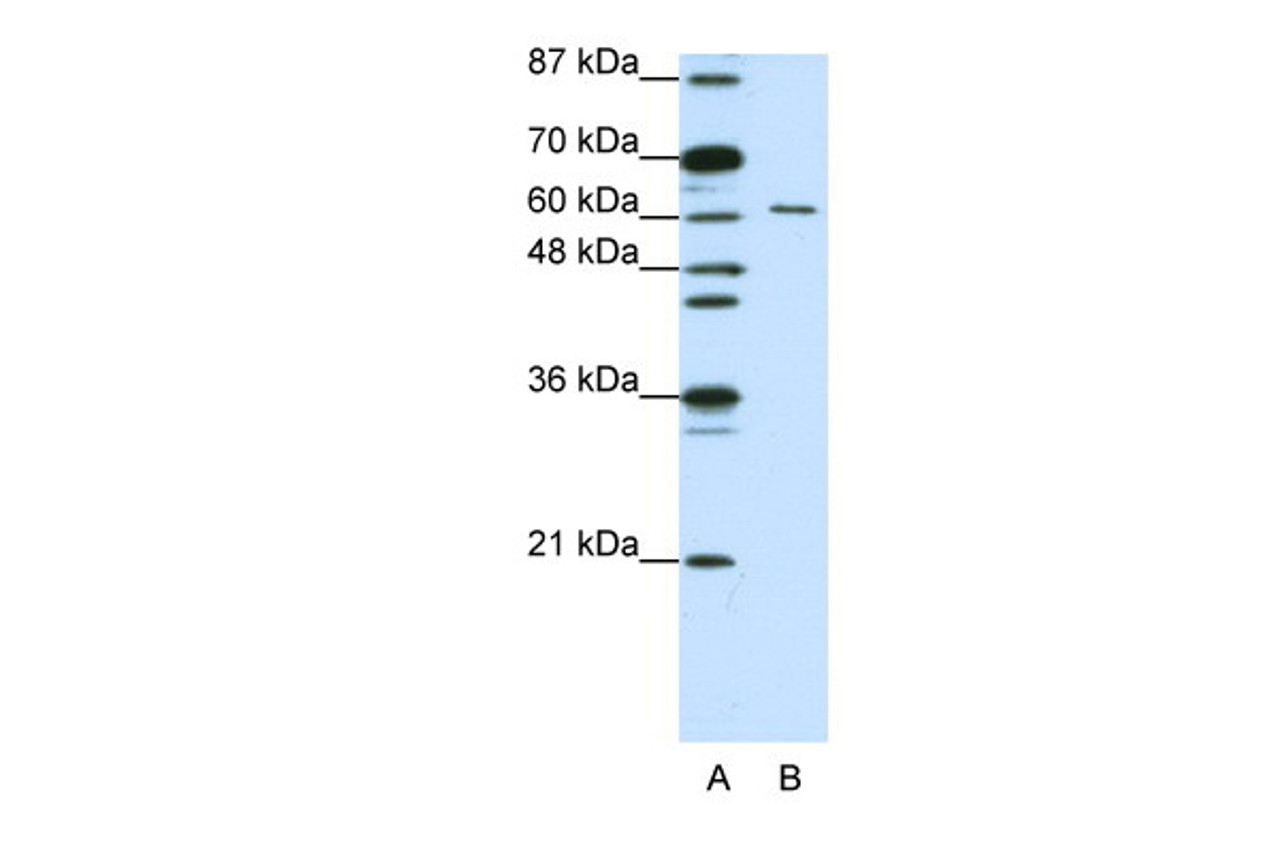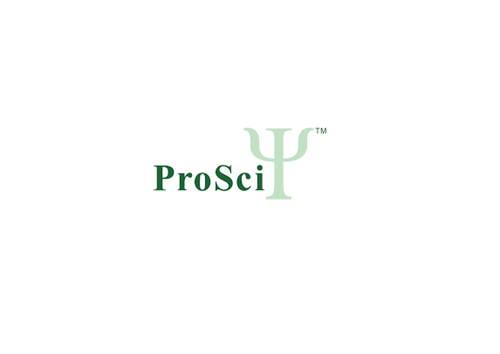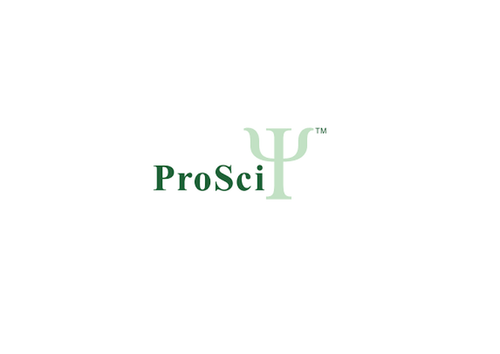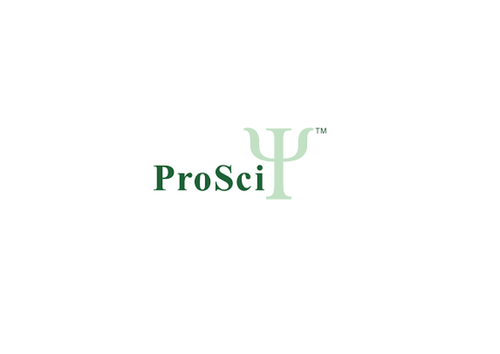Product Description
CUGBP2 Antibody | 29-260 | ProSci
Host: Rabbit
Reactivity: Human, Mouse, Rat, Dog, Zebrafish
Homology: N/A
Immunogen: Antibody produced in rabbits immunized with a synthetic peptide corresponding a region of human CUGBP2.
Research Area: Cancer
Tested Application: E, WB, IHC
Application: CUGBP2 antibody can be used for detection of CUGBP2 by ELISA at 1:312500. CUGBP2 antibody can be used for detection of CUGBP2 by western blot at 1.25 μg/mL, and HRP conjugated secondary antibody should be diluted 1:50, 000 - 100, 000.
Specificiy: N/A
Positive Control 1: Cat. No. 1205 - Jurkat Cell Lysate
Positive Control 2: N/A
Positive Control 3: N/A
Positive Control 4: N/A
Positive Control 5: N/A
Positive Control 6: N/A
Molecular Weight: 56 kDa, 52 kDa, 54 kDa, 52 kDa, 52 kDa, 52 kDa
Validation: N/A
Isoform: N/A
Purification: Antibody is purified by protein A chromatography method.
Clonality: Polyclonal
Clone: N/A
Isotype: N/A
Conjugate: Unconjugated
Physical State: Liquid
Buffer: Purified antibody supplied in 1x PBS buffer with 0.09% (w/v) sodium azide and 2% sucrose.
Concentration: batch dependent
Storage Condition: For short periods of storage (days) store at 4˚C. For longer periods of storage, store CUGBP2 antibody at -20˚C. As with any antibody avoid repeat freeze-thaw cycles.
Alternate Name: CUGBP2, ETR3, ETR-3, NAPOR, CUGBP2, BRUNOL3
User Note: Optimal dilutions for each application to be determined by the researcher.
BACKGROUND: Members of the CELF/BRUNOL protein family contain two N-terminal RNA recognition motif (RRM) domains, one C-terminal RRM domain, and a divergent segment of 160-230 aa between the second and third RRM domains. Members of this protein family regulate pre-mRNA alternative splicing and may also be involved in mRNA editing, and translation.Members of the CELF/BRUNOL protein family contain two N-terminal RNA recognition motif (RRM) domains, one C-terminal RRM domain, and a divergent segment of 160-230 aa between the second and third RRM domains. Members of this protein family regulate pre-mRNA alternative splicing and may also be involved in mRNA editing, and translation. Alternative splicing results in multiple transcript variants encoding different isoforms.
 Euro
Euro
 USD
USD
 British Pound
British Pound
 NULL
NULL
















